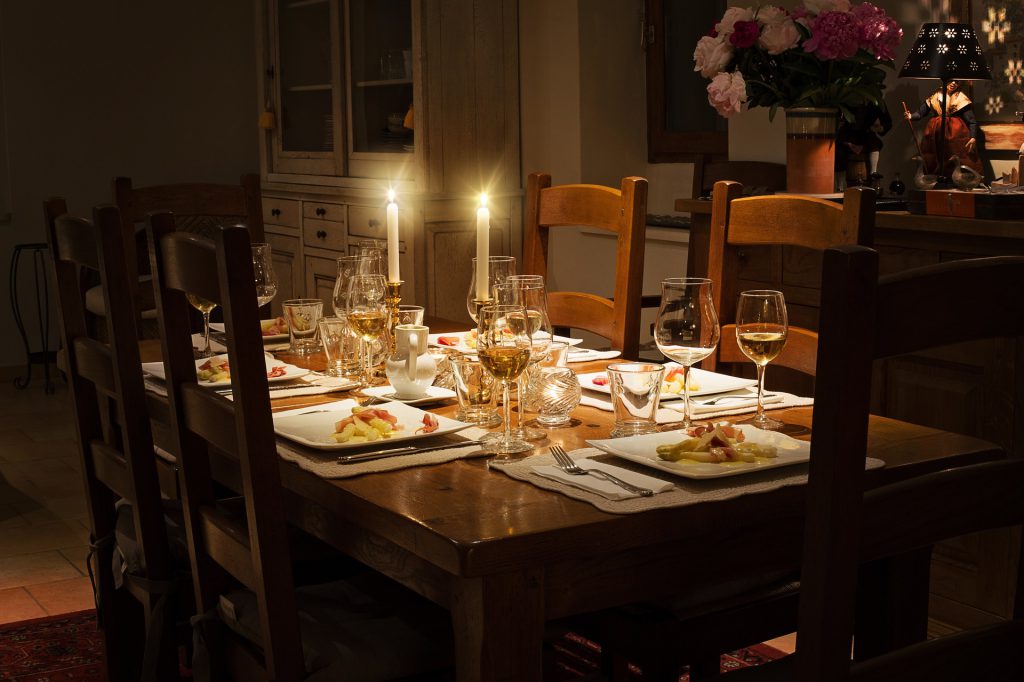Fire safety affects us all whether at home, work or out and about. Since most of us are now spending the majority of our time in our homes, we have provided some tips on precautions you can take to minimise the risk of fire at home.

Whilst the Fire Risk Assessment undertaken in your block will focus primarily on the common areas and rarely within the tenants’ demise, most fires will originate within a flat. There are some simple precautions that individuals can take within their own private homes to promote fire safety and minimise risk.
Top Tips for Fire Safety at Home:
Some of the following may appear as obvious ‘common sense’ points, and that’s likely what they are! Sadly, complacency leads to each of them being all too often forgotten or unheeded, with devastating consequences. With that in mind, I don’t think the following can be too overstated:
- Having smoke alarms fitted within your property and testing these regularly. It could even be a good idea to set yourself a weekly reminder to test the alarms. Also, ensure that you never take out the batteries, even if it were to go off unintentionally!
- Some of the main causes of house fires include cooking. Take extra care when cooking with hot oil and consider using thermostatically controlled deep fat fryers for extra safety.
- If you are smoking inside your flat, take extra care to ensure cigarettes are stubbed out and disposed of carefully. Never smoke in bed.
- Where you can, keep exits clear and consider an escape route, so that in the event of a fire your exit will not be obstructed. Include this in your pre-bedtime routine, which should include closing internal doors, such as bedroom doors – this will help to compartmentalise a fire and reduce spreading.
- Compartmentation is key for ensuring fire safety in your flat and the building as a whole. Maintained correctly, it limits the spread of Fire and so saves thousands of lives every year. As a minimum, make sure your front door is a suitable fire door and closes correctly from an open position on its own (check out the list below for more information on this).
- Know the evacuation strategy for the block. Is it a ‘stay-put’ or ‘simultaneous evacuation’ strategy? This will be crucial to saving the lives of you and your family in the event of an emergency – ask your Property Manager or Risk Assessing company for details of the evacuation strategy at your block.
- Take special care around open flames, heating or cooking equipment when you are feeling tired (or while you’ve been enjoying a drink or two!)
- Never leave lit candles unattended and reduce the use of candles where possible.
- Keep clothing away from heating appliances and avoid drying garments on convection heaters.
- Routinely check the condition of all plugs and cables leading to electrical appliances that are permanently plugged in. Faulty or overloaded/overused electrical goods are often a key source of ignition to many devastating fires.


Flat Front Doors
Fires are most likely to start within a flat, so the entrance door plays a vital role in ensuring safety for tenants’ and everyone else in the block. Under the terms of a lease, the front entrance door is often the leaseholder’s responsibility to maintain, however recent proposals within the Fire Safety Bill indicate a clearer responsibility on the responsible person (Freeholder, RMC or appointed Managing Agent) to assure the fire integrity of the doors – more to follow as this develops.
Regardless of the responsibilities for actioning inspection or repair works however, it is clearly in everyone’s interest to ensure that the doors perform well in the event of a Fire.
What does the door need to be?
By law, the door must be self-closing and give an FD30S level of fire and smoke resistance. This means that it must be able to withstand a minimum of 30 minutes exposure to fire.
Any new or replacement doors within an existing block must meet current standards for fire-resisting doors. The main requirements of these standards are that:
- The door must have a mechanism so that it closes automatically. Fire doors are required to be fitted with either a ’Perko’ type concealed closer or an overhead door closer.
- The door, frame and furniture together must be capable of providing a minimum of 30 minutes fire and smoke resistance.
- The edges of the door need to be fitted with special plastic seals that swell up with heat, effectively sealing the door in the frame and preventing the ingress of smoke. These are called intumescent strips.
- Cold smoke seals must be fitted along the side and top edges of either the door or frame. These often look like brushes attached to the edges. An example of an intumescent strip with a smoke seal incorporated to it is shown in the picture below.
- Covering the intumescent strips or smoke seals will likely render them ineffective, so its important to check that they haven’t been painted over by decorators.
- Letterboxes or other openings (e.g. cat flaps) must be made with smoke/fire resisting materials to protect the opening.
- Any glazed panels must be made of specialist fire resistant glass.
Remember, everyone has a role to play in ensuring fire safety in residential blocks. Preventing fires from starting in the first place is clearly the best option and where a fire does start, containing it through good compartmentation is essential. As the number of smoke detectors used in homes has increased, the number of fatalities has decreased, so having a working smoke detector in a flat is an important lifesaving devise that should never be taken for granted.
Read about the new Fire Safety Bill 2020, here.
Find out more about whether your front door is fire compliant, here.

